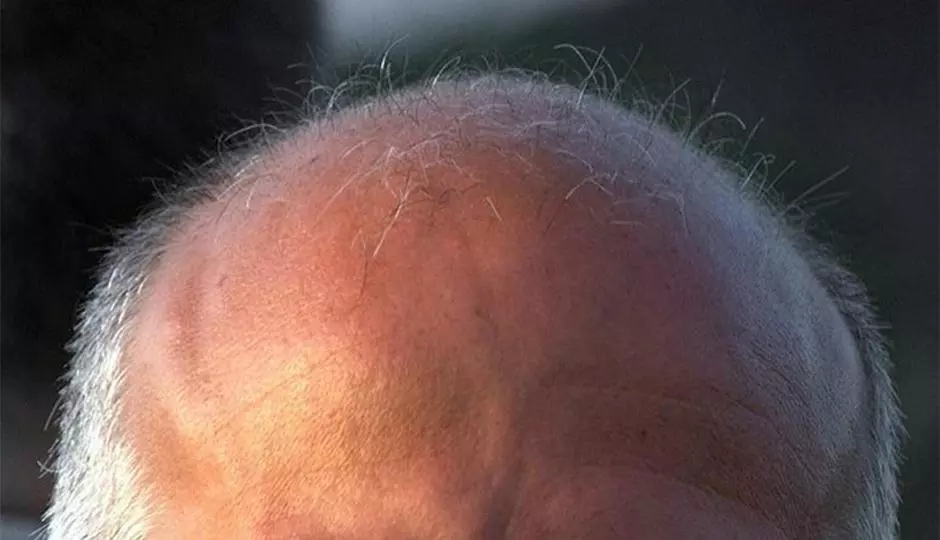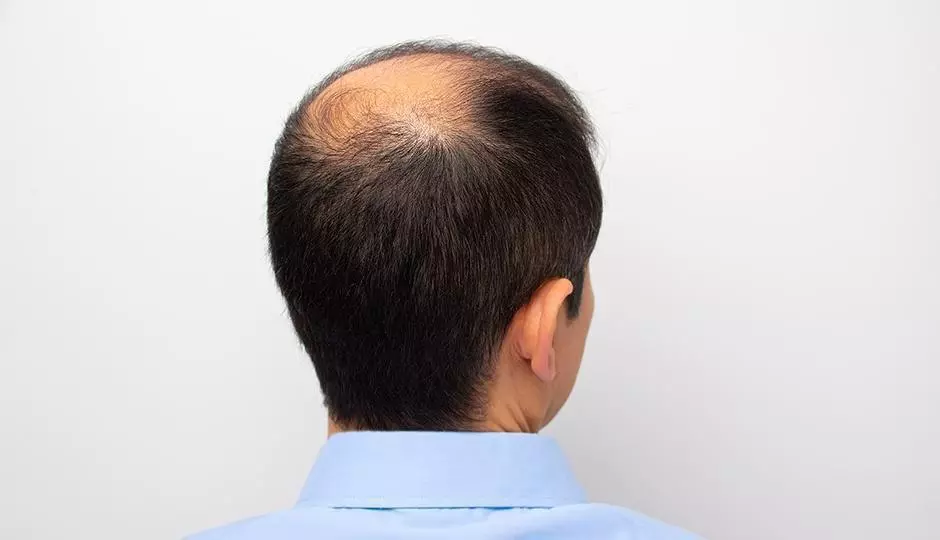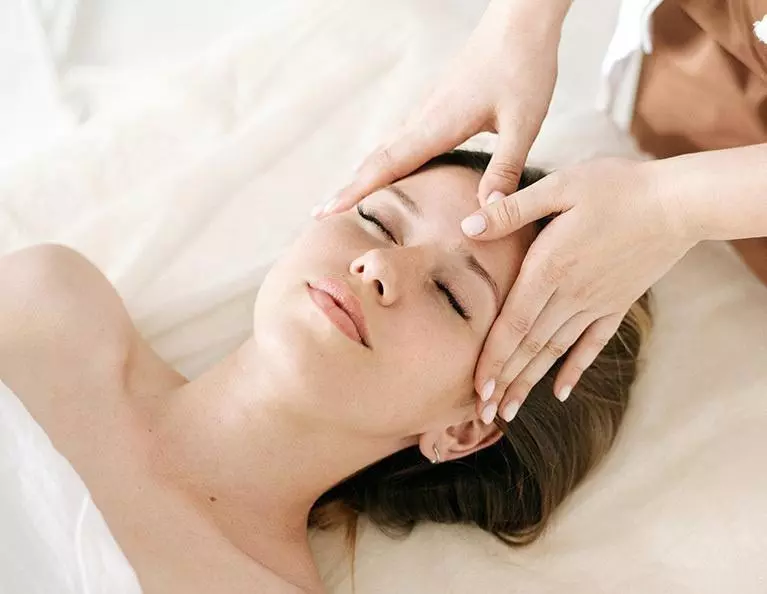Lush, luxurious locks may not give you the same intelligent image that comes naturally with a shining dome, but many people associate a thick rug with youth. For centuries, the scientific community has been at a loss when dealing with the receding hairline. Why am I bald? Is there anything that can be done to restore some, or all, of the 100,000–150,000 hair follicles on your head? As scientists ponder how to help re-grow your mane, you might want to understand more about what caused your unplanned pruning.
The Causes of Baldness
Most baldness can be summed up with a single phrase: male pattern baldness. Don’t be fooled by the name; women can suffer from the same, top-first shedding pattern. In men, the cause is linked to sensitivity to the hormone dihydrotestosterone (DHT). Some people have hair follicles that are very sensitive to this hormone. Sensitivity levels are usually due to genetics. Male pattern baldness runs in families, so flip through the family album if you’re concerned. If you have this issue, your hair will gradually grow shorter and wispier. Of course, this isn’t the only thing that causes your hair to fall out.
Hair Loss as a Stress Symptom
Remember your parents blaming you for their silvering tendrils or hair loss? It might be true. Stress can do all sorts of things, including giving your hair follicles a major shock. Every hair follicle has three phases.
Anogen: the growth phase
Catagen: the transitional phase
Telogen: the resting phase
During anogen, your hair can grow a centimeter a month or more. When catagen hits after two to seven years of anogen, the follicle shrinks, causing hair to get shorter and thinner. When the follicle goes into telogen, your hair falls out. Every follicle goes through this cycle but not all at once. Only about 10 percent of your hair follicles are in catagen or telogen at any one time. Stress can trigger a much bigger reaction, with more and more of your follicles moving into telogen.
If your hair follicles can’t get back into anogen, thinning hair is the next step. Some women deal with hair loss after a pregnancy. Hormonal changes and the stress of a new baby really can have a women’s body tearing its hair out.
Leave No Hair Behind
If you are dealing with thinning hair or have a shiny pate instead of a thick carpet of hair, treatment is out there. At New Look Institute we offer the latest in non-surgical, non-invasive hair loss treatments for both men and women.
If you’re suffering from hair loss our hair restoration specialists at New Look Institute can help you. To schedule a free consultation contact us today.
Photo Credit: malehmann Via Flickr Creative Commons







